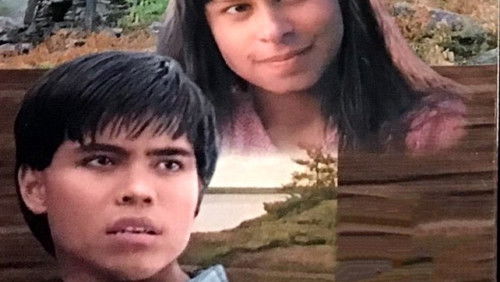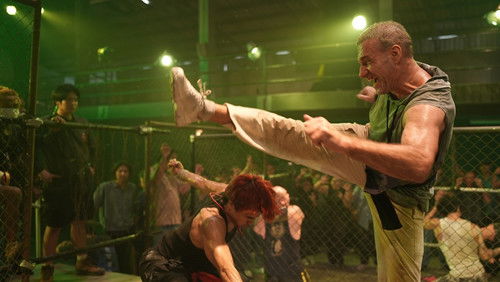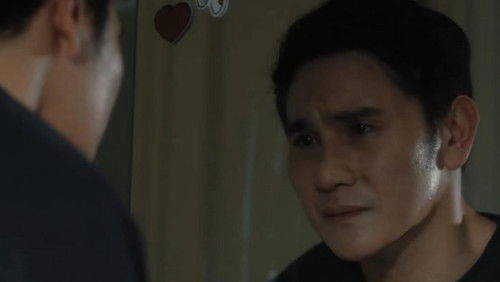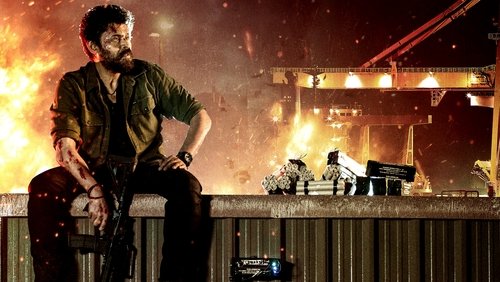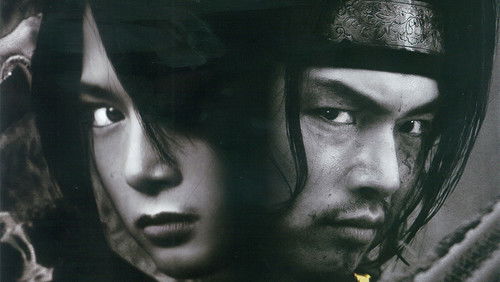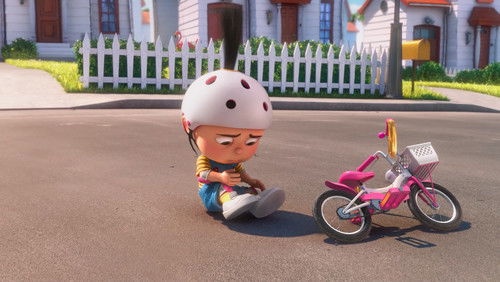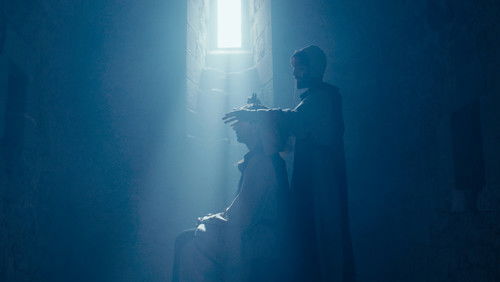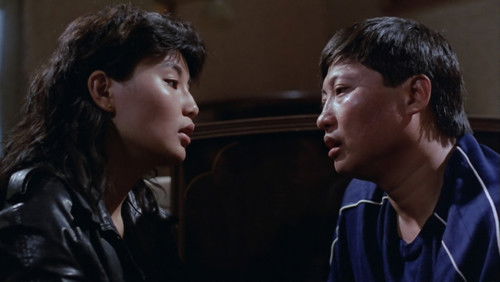Die Brut des Teufels (1975)
48KDie Brut des Teufels: Directed by Ishirô Honda, Jun Fukuda. With Katsuhiko Sasaki, Tomoko Ai, Akihiko Hirata, Katsumasa Uchida. Attempts to salvage Mechagodzilla are thwarted, causing an INTERPOL investigation that uncovers the work of a shunned biologist and his daughter, who’s life becomes entwined with the resurrected machine.
“1975u0026#39;s u0026quot;Terror of Mechagodzillau0026quot; is a direct follow-up to 1974u0026#39;s u0026quot;Godzilla vs. Mechagodzilla.u0026quot;u003cbr/u003eu003cbr/u003eu0026quot;Terror of Mechagodzillau0026quot; was directed by the late great Ishiro Honda and co-stars the late great u0026quot;Godzillau0026quot; series actor Akihiko Hirata (this would be the last u0026quot;Godzillau0026quot; film the actor would appear in before his death from throat cancer in 1984) as a mad scientist named Dr. Mafune, who, years earlier, had discovered a giant dinosaur called Titanosaurus.u003cbr/u003eu003cbr/u003eTitanosaurus is the first monster to appear in this movie, attacking an experimental submarine that was looking for the remains of Mechagodzilla, the evil cyborg monster that had met its demise at the hands of Godzilla in the previous film. The evil ape-like aliens the Simians have recruited Dr. Mafune and his daughter to help them rebuild Mechagodzilla in their plot to take over the world. They team up, and they use their monsters, Mechagodzilla and Titanosaurus, both of which are now under the mental control of Dr. Mafuneu0026#39;s now-cyborg daughter, to attack Japan. Godzilla soon appears on the scene to combat the two monsters and save the world.u003cbr/u003eu003cbr/u003eu0026quot;Terror of Mechagodzillau0026quot; is the last film of the Showa-Era series of u0026quot;Godzillau0026quot; films and I can gladly say that this film was a great end to the series. One thing viewers will immediately notice is how dark this film is compared to its predecessor; apparently, Honda made a move to return the series to its dark, Atomic Age-inspired roots and it succeeds there. Still, however, a lot about this film crackles and is quite sensational and moves at a fast pace; thereu0026#39;s even a poignant and tragic love story in there, too, and some James Bond-like spy intrigue (spy movies were quite popular at the time). One of the more outstanding qualities of the film is the ominous score by long-time u0026quot;Godzillau0026quot; series composer Akira Ifukube. Ifukubeu0026#39;s score is pretty dark and ominous, a total turn-around from Masaru Satohu0026#39;s lush, beautiful, and exotic score from the previous u0026quot;Godzilla vs. Mechagodzilla.u0026quot; A lot about u0026quot;Terror of Mechagodzillau0026quot; simply makes it a fitting end to the Showa series of u0026quot;Godzillau0026quot; films, despite its obvious flaws, because four main characters (Honda, Ifukube, producer Tomoyuki Tanaka, and Hirata) from the production of u0026quot;Godzillau0026quot; (1954) are on-board to make sure that u0026quot;Terror of Mechagodzillau0026quot; counts as a satisfying end to the Showa series.u003cbr/u003eu003cbr/u003eGodzilla is and always will be the greatest movie monster that ever lived. I love Godzilla and his films. Iu0026#39;ve been watching them since I was a kid. Godzillau0026#39;s transformation from rampaging menace in u0026quot;Godzillau0026quot; (1954) to hero over the course of the films in the Showa series was inevitable, in my opinion, from the second that a sequel to the film was hastily commissioned by Toho in 1955 called u0026quot;Godzilla Raids Again.u0026quot; And not to mention that the monster had become highly bankable as a childrenu0026#39;s icon over the years since his debut.u003cbr/u003eu003cbr/u003eBut his return to menace in u0026quot;Godzilla 1985u0026quot; (1984) was the first instance that Godzilla had not outlived his usefulness as cinemau0026#39;s greatest movie monster.u003cbr/u003eu003cbr/u003e7/10”
